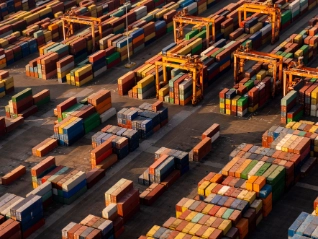Компаниите, които развиват международен бизнес, разчитат на стабилността на бизнес средата в чуждата държава. Печалбите и инвестициите могат да бъдат уязвими при неблагоприятно развитие на тази среда. Тези рискове се наричат най-общо „риск на държавата“. Следователно равнището и промяната на страновия риск е важен стратегически и оперативен показател за международните компании.
Рискът на държавата обхваща широк спектър от фактори, като например политическо развитие, риск от (въоръжен) конфликт и държавно финансово състояние. Тези фактори са свързани например с регулаторни промени, риск от конфискация, граждански размирици, война, валутен контрол и девалвация. Рискът на държавата отчита готовността и способността на суверена да плаща и въздействието на това върху способността на публичните или частните субекти да изпълняват своите трансгранични платежни задължения. В полиците на Атрадиус предоставяме покритие срещу подгрупа от събития, свързани със „риск на държавата“. Ако искате да научите повече информация за отделен пазар и неговия рейтинг STAR, вижте нашите доклади за държавите.




























































